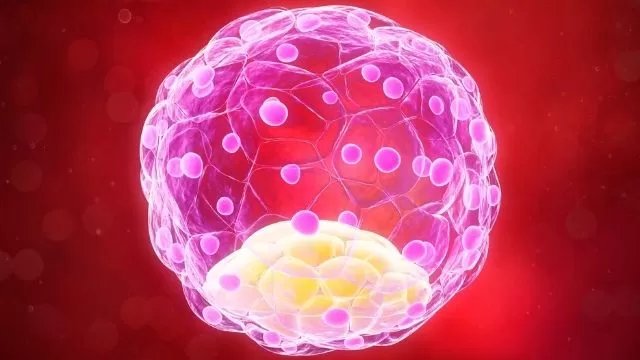
Understanding Blastocyst Transfer
Blastocyst Transfer is an advanced IVF procedure where embryos are cultured for 5–6 days to reach the blastocyst stage before being transferred into the uterus. This allows for better selection of viable embryos and improves implantation and pregnancy success rates. Under the expertise of Dr. Parth Joshi, M.D. (Ob-Gyn, Gold Medalist), each blastocyst transfer is personalized to maximize chances of conception.
How Blastocyst Transfer Works
- Ovarian Stimulation: Medication is given to stimulate multiple eggs.
- Egg Retrieval: Eggs are collected using a minimally invasive procedure.
- Fertilization & Embryo Culture: Eggs are fertilized and cultured to the blastocyst stage in a lab.
- Blastocyst Selection: The healthiest embryos are selected for transfer.
- Embryo Transfer: Blastocysts are gently placed in the uterus for implantation.
- Follow-Up: Pregnancy testing and guidance to support implantation and early pregnancy.
Who Can Benefit from Blastocyst Transfer?
- Couples with previous IVF failures or implantation issues.
- Those seeking higher success rates with fewer embryos transferred.
- Women with good ovarian reserve and quality embryos.
- Couples considering advanced reproductive techniques for optimal outcomes.
Advantages of Blastocyst Transfer
- Improved implantation and pregnancy success rates.
- Better selection of healthy embryos for transfer.
- Reduced risk of multiple pregnancies compared to transferring multiple early-stage embryos.
- Allows for more informed decision-making regarding embryo freezing or transfer.
Take the First Step
Blastocyst Transfer offers advanced, science-backed hope for couples seeking pregnancy. With guidance from Dr. Parth Joshi, you can understand the process, select the best embryos, and increase your chances of a successful IVF outcome.

